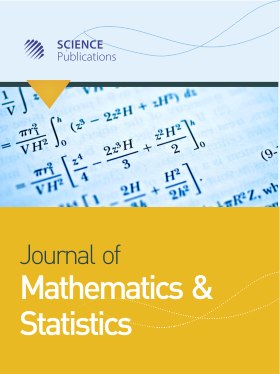Application of Optimal Control to the Epidemiology of Fowl Pox Transmission Dynamics in Poultry
- 1 Federal University of Technology Owerri, Nigeria
Abstract
Problem statement: In this study, we present the mathematical model of the transmission dynamics of fowl pox infection in poultry. Approach: It describes the interaction between the susceptible and the infected birds which results in a system of ordinary differential equation. Introducing the control which represents the effort in applying chemoprophylaxis control u1 and treatment control u2 in birds with fowl pox, the system becomes a system of ordinary differential equations with control. Results: Our optimal control problem involves that in which the number of birds with latent and active fowl pox infections and the cost of treatment controls u1 (t) and u2 (t) were minimized subject to the differential Eq. 5-8. This involves the number of birds with active and latent fowl pox respectively as well as the cost of applying chemoprophylaxis control u1 and treatment u2 in birds with fowl pox. Conclusion: Analysing the model using Pontryagin’s Maximum Principle and optimality conditions, optimal effort necessary to reduce the transmission rate of fowl pox in the poultry has been determined. Hence, it is possible to reduce to reduce the rate of transmission.
DOI: https://doi.org/10.3844/jmssp.2012.248.252

- 3,650 Views
- 2,990 Downloads
- 9 Citations
Download
Keywords
- Optimal control
- fowl pox
- optimality condition
- caseous deposits
- mosquitoes remain infected
- numerical solution setting
- disease transmission
